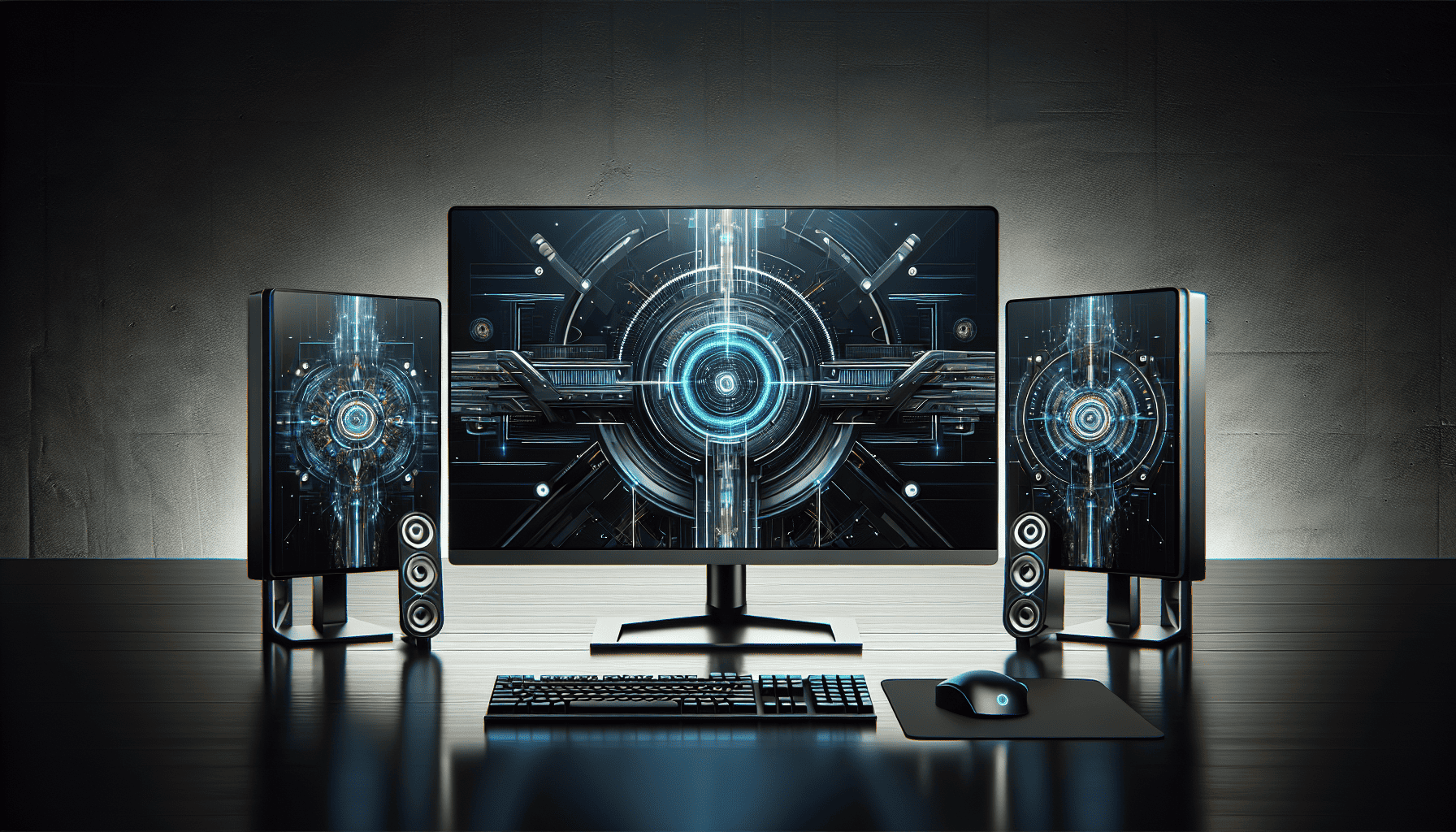In a world where rapid technological advancements drive our daily lives, staying on the cutting edge can mean the difference between thriving and merely surviving. Businesses and individuals alike are continually seeking ways to improve efficiency, enhance productivity, and incorporate a sense of modernity into their designs and operations. Let us explore how harnessing the latest design technologies can lead to newfound efficiencies and a distinctly modern approach across various sectors.
One of the most significant technological trends reshaping industries today is artificial intelligence (AI). By incorporating AI into design processes, companies can achieve unprecedented levels of creativity and precision. AI-powered tools can assist designers in generating prototypes, predicting design flaws, and optimizing designs for performance and cost-effectiveness. By automating repetitive or complex tasks, designers can focus their energies on ideation and innovation, leading to more efficient workflows and the creation of groundbreaking products.
3D printing is another revolutionary technology that is redefining modern design and manufacturing. Known for its ability to turn digital models into tangible objects, 3D printing empowers designers to experiment with complex designs that were once deemed impossible or too costly. It allows for rapid prototyping, facilitating a quicker iteration process and enabling businesses to test and refine their products in a fraction of the time compared to traditional methods. Furthermore, 3D printing reduces material wastage and lowers production costs, ushering in a new age of sustainable design practices.
Incorporating augmented reality (AR) and virtual reality (VR) into design processes offers an unprecedented level of interactivity and immersion. Whether it's in architecture, interior design, or product development, AR and VR technologies allow stakeholders to visualize designs and make informed decisions before committing to costly implementations. AR can overlay digital content onto real-world environments, offering clients and teams a more vivid understanding of proposed designs, while VR places users in fully immersive environments to experience products or spaces as if they were physically present.
The Internet of Things (IoT) is another transformative design technology, offering smart, connected devices that communicate with each other to enhance user experiences and operational efficiencies. In smart homes, for instance, IoT devices can optimize energy usage, enhance security, and offer seamless control over various systems through a single interface. In industrial settings, IoT-powered devices can monitor operations in real-time, offer predictive maintenance, and optimize supply chains. The integration of IoT in design not only leads to more efficient products and systems but also introduces features that align with today's modern, tech-savvy consumers.
Additionally, the rise of cloud computing has enabled rapid advancements in collaborative design. Designers can now work on projects in a more flexible and dynamic environment, accessing design tools and resources from anywhere at any time. This removes geographical barriers, promoting diverse collaboration and enabling talents from around the globe to contribute to a project. Real-time updates and changes ensure that all team members are on the same page, reducing the delay and errors associated with outdated information.
Finally, incorporating sustainability into modern design practices is not only desirable but an imperative as we move towards environmentally conscious living. Eco-friendly materials, energy-efficient technologies, and sustainable design processes are being embraced more than ever. Harnessing design technologies for sustainability can lead to innovations that reduce carbon footprints, minimize waste, and promote long-term ecological balance.
In conclusion, by embracing cutting-edge design technologies, we can achieve unparalleled efficiency and modernity in various fields. These tools not only streamline and enhance the design process but also encourage innovative, sustainable, and forward-thinking practices. As technology continues to advance, it remains crucial for businesses and individuals to remain agile, adopting these developments to stay ahead and create a future that is efficient, modern, and sustainable.
